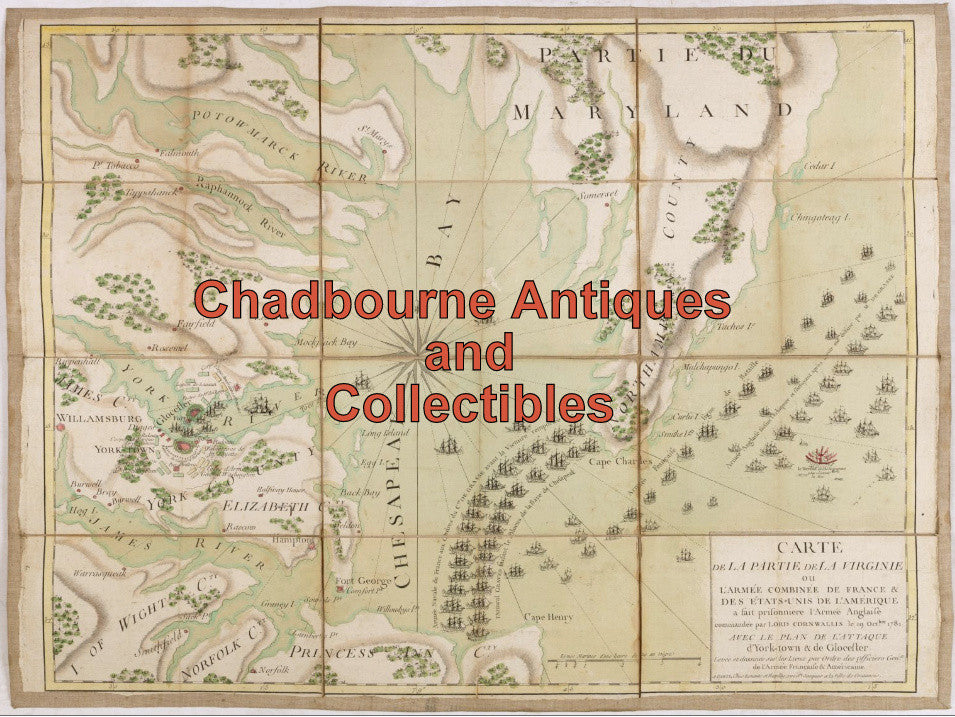$50.00 CAD
– Sold Out| /
Wedding scene in Western Africa , with many dignitaries watching the festivities, including westerners in wigs and military uniforms.
From set of 4-volume travel books, A New General Collection of Voyages and Travels published by Thomas Astley (d. 1759), a bookseller and publisher in London during the 18th century, and compiled by John Green (d. 1757). This print is from Volume 2, Voyages and travels along the western coast of Africa, 1637-1735. Voyages and travels to Guinea and Benin, 1666-1726. Description of Guinea
'Plate 170, No. 97, Vol 2, p. 374.'
'G. Child Sculpt. ', engraved by G. Child.
Copper engraved print
Couple of small foxing spots outside print image.
20.5 x 25.5 cm
The Kingdom of Whydah, sometimes written Hueda, was a kingdom on the coast of West Africa in the boundaries of the modern nation of Benin. Between 1677 and 1681 it was conquered by the Akwamu, one of the Akan people. It was a major slave trading post. In 1700, it had a coastline of around 10 miles (16 km); under King Haffon, this was expanded to 40 miles (64 km), and stretching 25 miles (40 km) inland.
King Haffon is shown seated before large groups of drummers and armed warriors, with a large contingent of well-dressed white slavers and traders seated at his left. King Haffon (1695-1727) was the last ruler of the Kingdom of Whydah before it was captured by the forces of Dahomey in 1727. Born in 1695, Haffon became King of Whydah in 1708. He was not crowned in a formal ceremony at Savi until April 1725. His coronation party included 40 of his favorite wives. The 1725 date is that given by Chevalier des Marchais but some modern scholars argue it happened in 1717-1718. Dahomey is now known as Benin.
Wikipedia
